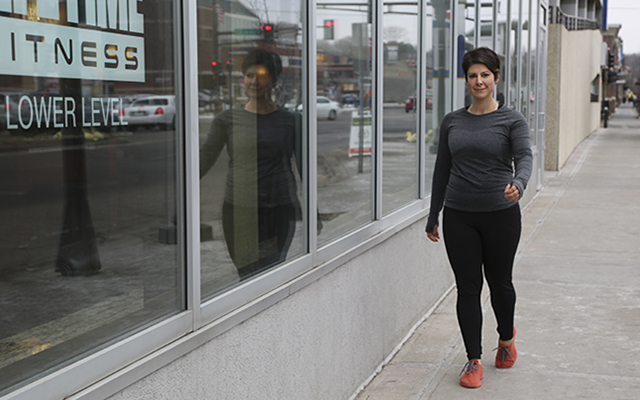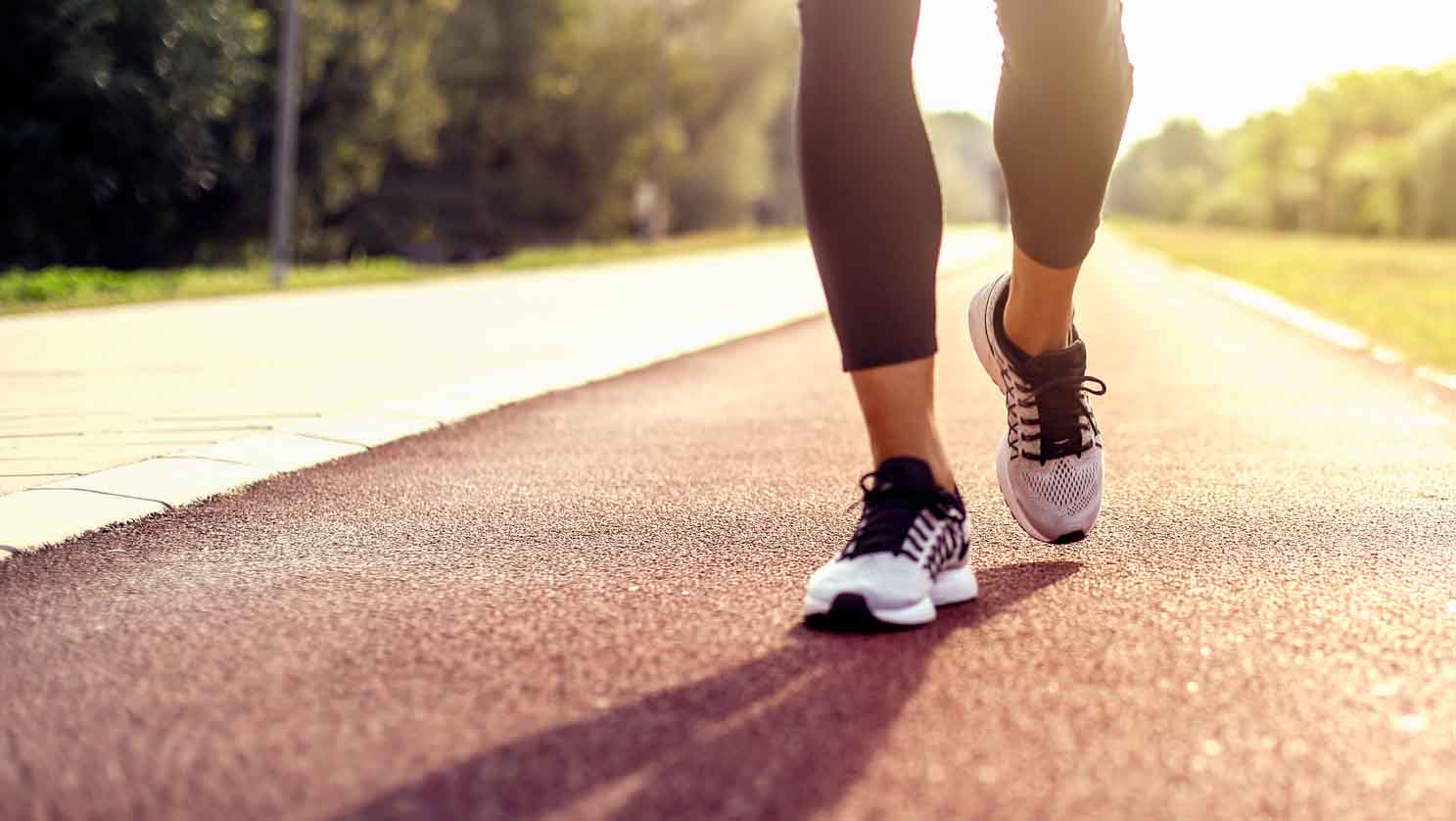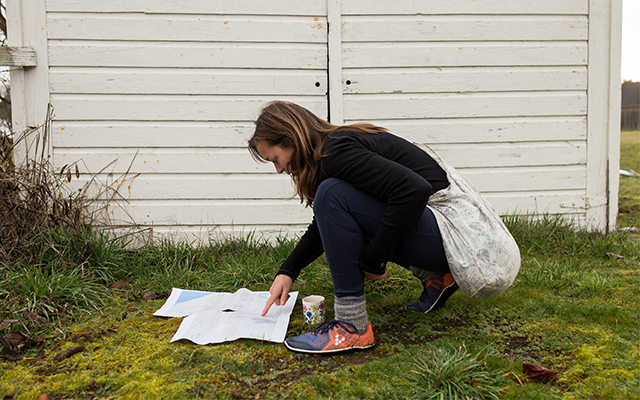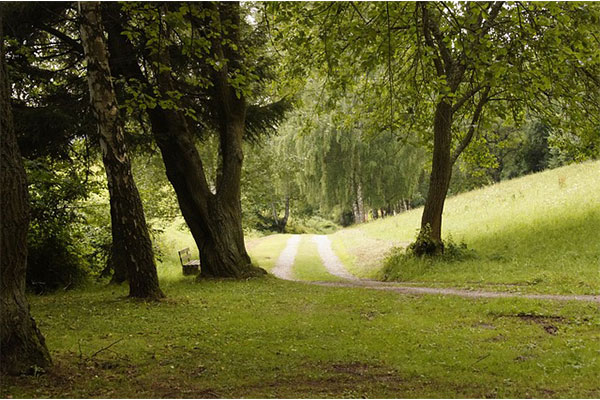A dozen women and half as many men, most in their 50s and beyond, are lying face up, knees toward the ceiling, in an exercise studio in Minnetonka, Minn. Some close their eyes, lids providing thin protection from the fluorescent lights overhead, and all wait quietly for instructions. Their politesse is Minnesotan, but that’s not why they’re so patient. This group is here for magic. This group is here to learn to walk — albeit in the most unexpected way, by lying on their backs.
“Place your hands softly on your lower belly, let a breath in, and feel your muscles relax,” says Nick Strauss-Klein, GCFP, a guild-certified Feldenkrais instructor, in a tone that makes it impossible not to unclench. “Let your elbows rest at your sides and keep your hands soft. Listen to the muscle tonus in your abdomen and slowly lift your left foot just slightly off the ground — without engaging your abs.”
Please take a moment here to try this. If you’ve spent any time in an exercise class or working with a trainer or simply living a modern life, you’ll find this nearly impossible. You’ll try to keep your lower back pressed into the floor to protect it, to squeeze your butt and keep your hips square to the ceiling. To do any of these things is to engage your abs.
This domino effect of muscle engagement is not “wrong,” per se. But that’s not what Strauss-Klein wants. He wants you to lift your foot with a feeling of near effortlessness. Forget the actual lift — just think about lifting your foot. Does your core still contract? No worries. Strauss-Klein is letting everyone in on the secret: Allow your pelvis to roll slightly down and to the left as you lift your left foot, so your right hip comes a little away from the floor and your back arches lightly. The belly can stay relaxed and breathing. If your pelvis was a bowl of soup, dinner would be spilling toward your left foot.
“Oh! It moved,” someone calls out. She discovered that if you let the pelvis move, it’ll act like a pulley system — you’ll feel the tug straight up your back — and that it might allow your opposite foot to rise without reinforcements from the abs or hip flexors.
For some, this coordinated effort between lifting a hip and opposite foot comes easily. Others struggle. It’s OK, stresses Strauss-Klein. This exercise is not about getting anything right — it’s simply about paying attention, then seeing what changes.
It’s true that the practice of walking can’t quite be replicated without actually walking, but there are certain exercises that can support your body and mind in walking more naturally, says Strauss-Klein, who runs “Walking with Grace and Ease” workshops in the Twin Cities that are based in the practice of Feldenkrais, a gentle somatic training method.
Many of the moves are performed lying down — which seems antithetical, but serves a deliberate purpose.
“By taking ourselves out of gravity, we relieve much of the activity of the nervous system from simply keeping us safe on our feet,” says Strauss-Klein, noting that some studies indicate as much as 90 percent of our nervous-system activity is just keeping us upright.
He likens attempts to relearn how to walk while walking to “trying to change the wheel of a car while it’s driving on the road.”
Doing these walking exercises while lying down “allows us to much more efficiently sense and study and reorganize the basic neuromuscular-skeletal patterns we use to be upright, to walk, to do anything else we do,” he explains.
The supine hip–leg lift exercise is surprisingly taxing and the group is encouraged to stand up, to walk around, to explore what’s changed, if anything, in their bodies. When we reconvene 10 minutes later, there’s plenty of feedback: “I can’t keep my hips from sliding around now. I feel like I’m chasing them,” exclaims one woman. “I feel more balanced, more grounded,” says another.
Relearning how to walk, before even walking. It feels like magic. But, actually, it’s science: The exercise demonstrates just one piece of the complex puzzle that many of us solve unconsciously — and take for granted — every time we take a step.




This Post Has 0 Comments